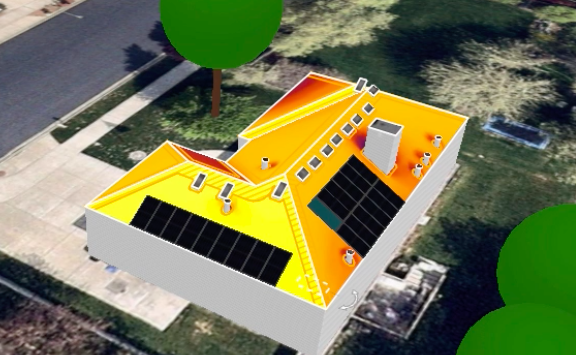Net energy metering (NEM) policies have played a crucial role in making residential solar installations a good investment for homeowners in the United States. However, as installed solar capacity has increased, many utility companies have introduced changes to their NEM programs that reduce the value of distributed solar.
Aurora used its proprietary solar financial analysis tools to conduct a large parametric study that analyzed over 45 million scenarios to determine how these new programs impact solar customers’ savings across the United States. The study analyzes the financial impacts of specific billing mechanisms, as well as the cumulative impacts of different combinations of these mechanisms as implemented by utilities in different states. The policies evaluated slightly diminish the financial value of installed solar but also promote larger system designs in certain circumstances.
Head here to download it and read the results for yourself.
Random notes from the analysis
- Policies that reduce the compensated value of excess energy impacts customers differently than policies related to monthly fees.
- Annual credit expiration policies can make or break the financial benefit for the customers depending on the time of year when credits are expired.
- Hourly export rules scale with system size – high usage households are hit more than small usage.
- Monthly minimum fees are more likely to impact customers with lower energy consumption and encourage smaller systems compared to ideal designed under standard NEM policy.
- Installers need to pay attention to the month in which credits expire, as that can have a big impact on financial return.
- New York’s VDER program promotes an optimal system size of around 105% energy offset while the prior target was around 98%. In Utah, new policy promotes slightly smaller systems for households that have a smaller energy consumption and slightly larger system for households with higher consumption. Over in Hawaii, under a zero-export policy, a sweet sport for design is around 60 percent energy offset for households with low energy consumption and 70 percent for larger households.
The overall takeaway
Knowledgeable solar installers play a huge part in designing systems that make financial sense for customers under the various billing scenarios. Some customers may need to over-size a system to see the best financial return, while others may need a smaller system. Some may need to curtail their usage and couple their system with energy efficiency measures to realize better value.
— Solar Builder magazine
[source: https://solarbuildermag.com/residential-solar/how-utilities-changed-the-value-of-solar/]


Leave a Reply
You must be logged in to post a comment.